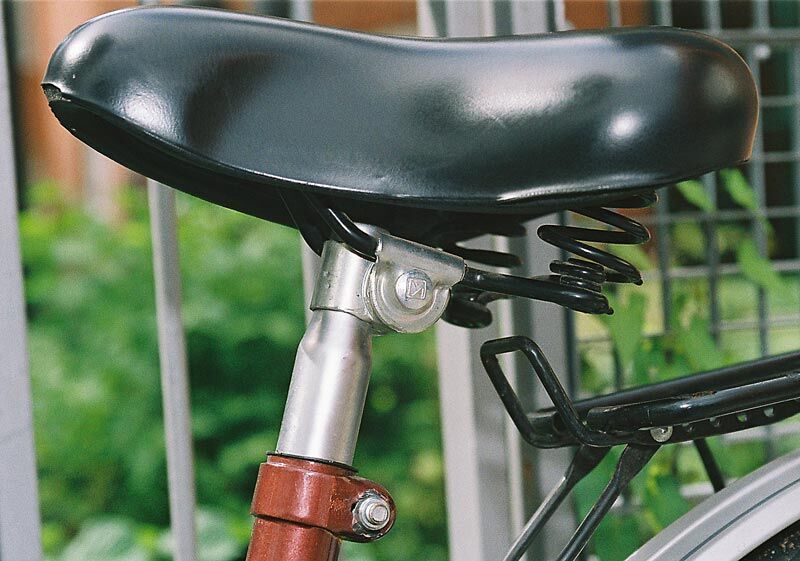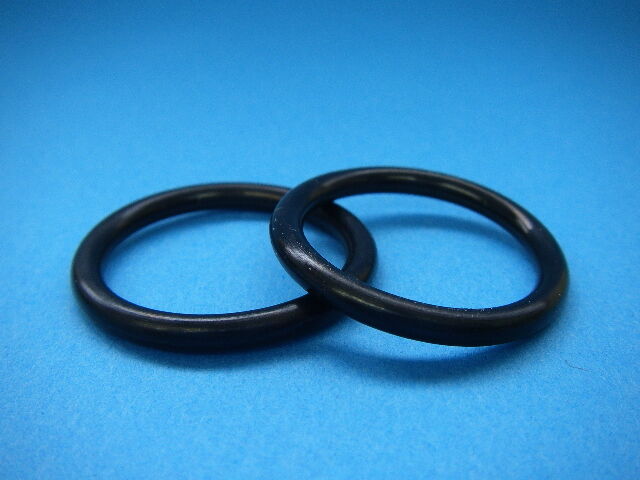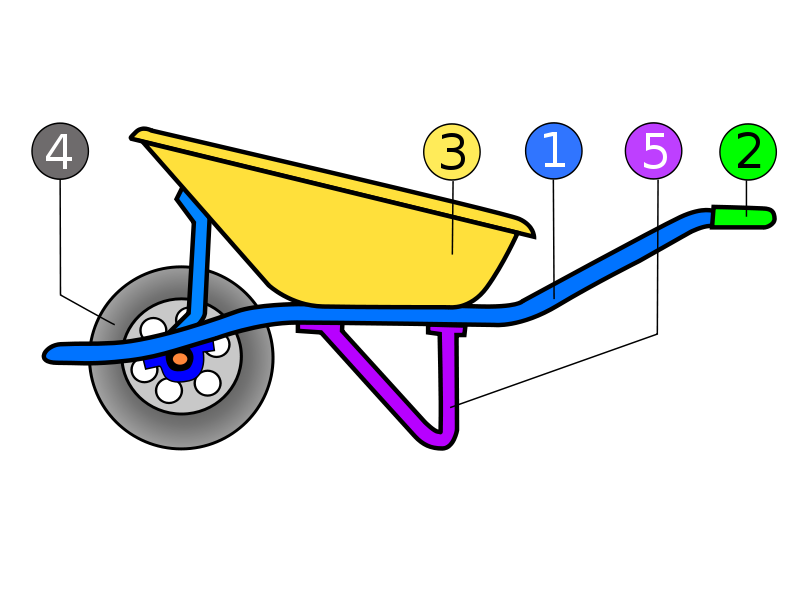The sealing function is a basic mechanical function performed by a component which prevents a liquid, solid, or gaseous element from being expelled from its container.
In a technical object containing fluid, whether gaseous or liquid, it is advisable to prevent any fluid from leaking so as not to affect the operation of the object. On the other hand, it may be necessary to prevent any unwanted elements, such as dust, from entering an object that needs to be free of impurities. In some cases, the sealing between two parts can be achieved through simple contact. However, sealing is usually obtained by inserting a compressible material such as rubber, cork, or nylon between the object’s parts.
Several types of components can perform the sealing function.
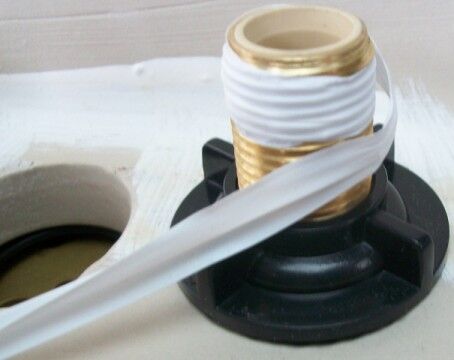
Components that perform the sealing function are found in several types of objects.
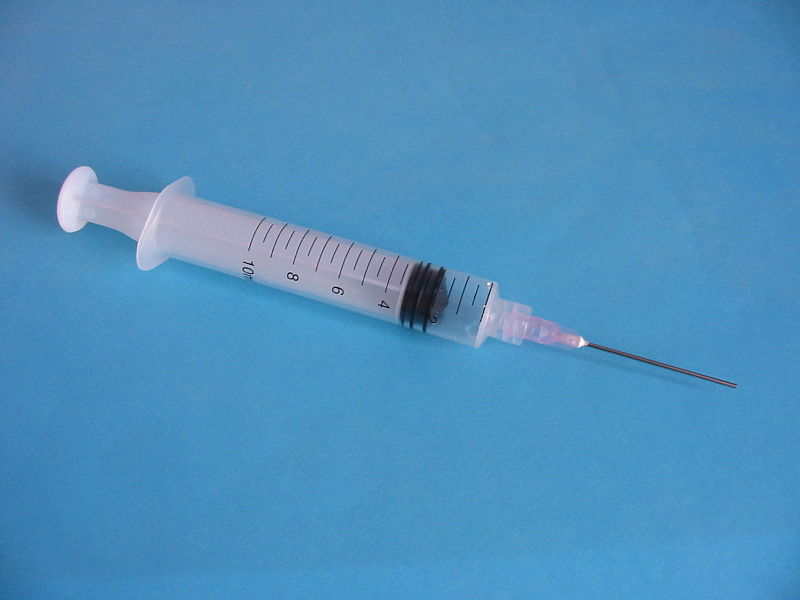
A rubber seal is present in syringes and allows liquids to be aspirated without leaking.
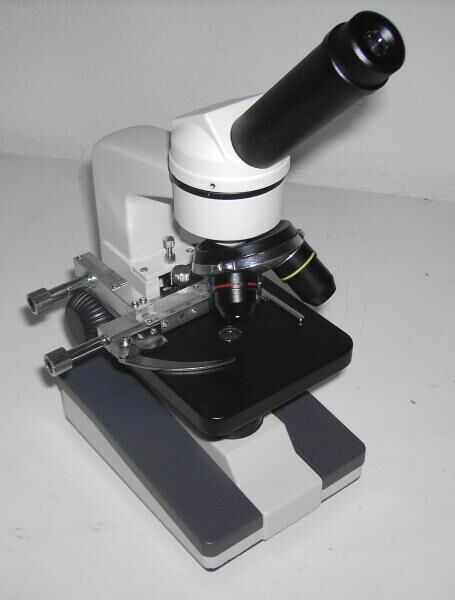
The eyepiece and objective lenses of a microscope have gaskets that prevent dust from entering and settling on the lenses.
The lubrication function is a basic mechanical function performed by a component, thus making it possible to reduce the friction between two parts.
When two parts of an object are in motion, their surfaces slide over each other. This sliding can be done easily without any adhesion between the parts. However, when sliding is impeded, premature wear of the parts in contact can occur or the material can heat up. To avoid these drawbacks, the friction between the parts must be reduced. One of the main ways to achieve this is the use of a lubricant.
Various substances can perform the function of lubrication in a technical object. For example, oils (vegetable, animal, and mineral), fats (animal or vegetable), graphite, wax, silicone, Teflon, and even water are commonly used lubricants. Regardless of their form (liquid, semi-liquid, or solid), lubricants should be applied between two surfaces sliding over each other to reduce friction. These are used, for example, on cross-country skis to improve their glide on snow, or even on bicycle chains to prevent wear.
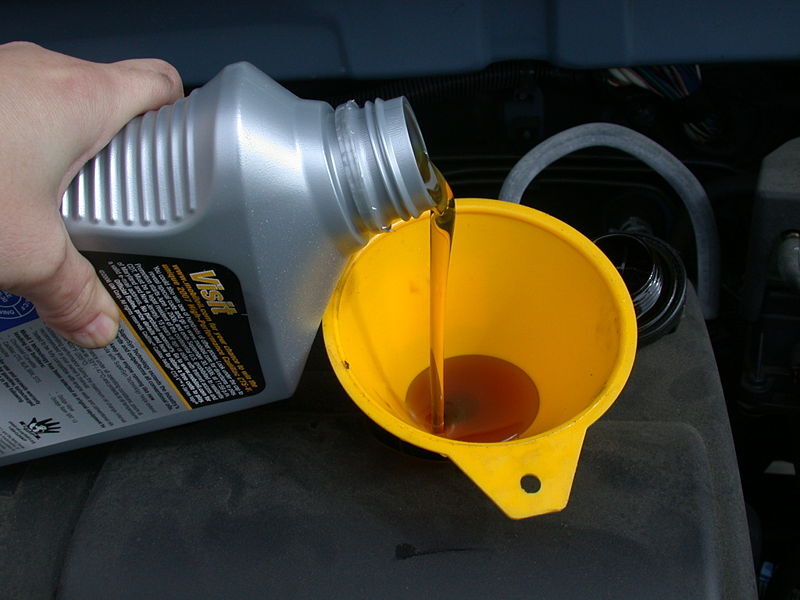
The oil used in automotive engines is a lubricant in liquid form.
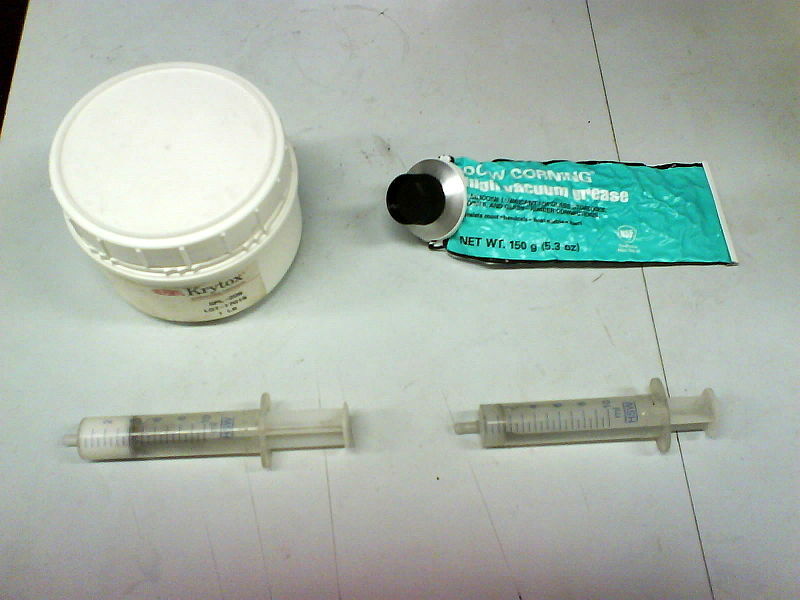
Semi-liquid greases are used as a lubricant in certain laboratory techniques.

Teflon coating makes a pan non-stick and is a solid form of lubricant.
The support function is a basic mechanical function performed by a component that serves to hold and maintain one or several other parts in a given position.
In a technical object, the part acting as a support component holds one or several other parts. Very often, the parts that have a supporting function are linked to the others by a complete and rigid link, preventing any motion. The support component must be strong enough to perform its role efficiently.
This example shows that the frame (1) of a wheelbarrow supports the tray (3). The link between these two parts is generally made with screws. It is, therefore, a complete and rigid link preventing any motion of the tray. We could add that the legs (5) support the frame of the wheelbarrow.
The adjustable seatpost of a bicycle serves as a support for the seat. The link between these two parts is generally complete and rigid in order to ensure the stability of the saddle.
